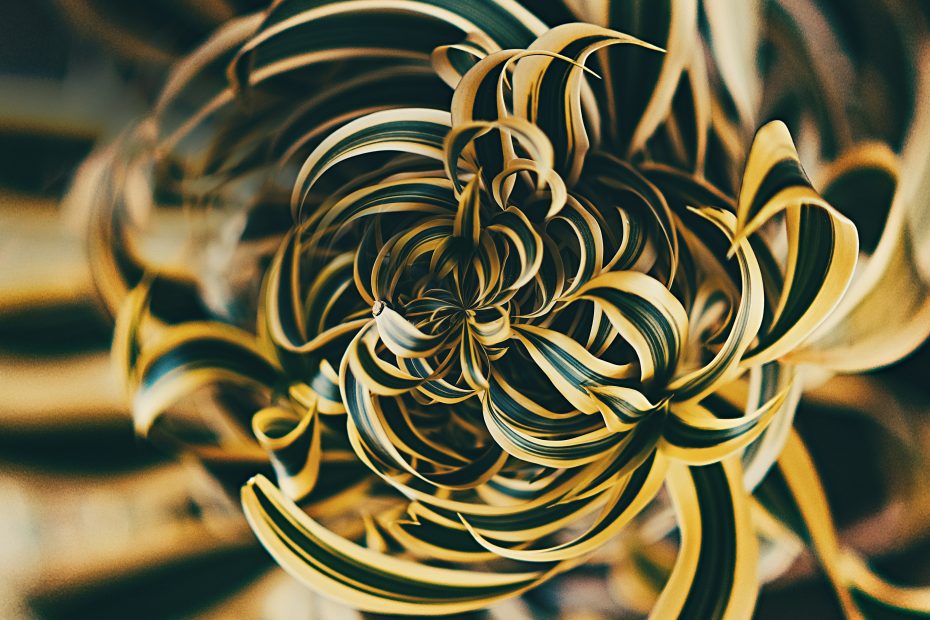Table of Contents
Introduction
Jamaica is a Caribbean island nation famed for its stunning beaches, lush rainforests and laidback vibes. But beyond its postcard-perfect landscapes lies a rich culture shaped by a tumultuous history. Since gaining independence in 1962, Jamaica has become renowned worldwide for its vibrant and eclectic cultural heritage. Let’s delve into the kaleidoscopic blend of people, traditions, artforms, cuisine and celebrations that make up the fabric of this captivating country.
People and Language
The majority of Jamaica’s population of 2.7 million are of African descent, descendants of slaves brought by the British during the colonial era. There are also small minorities of Europeans, Chinese, Indians and mixed-race Jamaicans. Given this diverse blend, Jamaican culture embraces influences from various corners of the world.
The syncretic language spoken here is Jamaican Patois, also known as Patwa. It evolved from interactions between enslaved Africans and English plantation owners. Patois is largely based on English with influences from West African languages. Many linguists consider Patwa a distinct language rather than just a dialect. It’s spoken in informal contexts, while English is used officially.
Music
No discussion of Jamaican culture is complete without mentioning reggae – the island’s best known export. Emerging in the 1960s, early reggae was intimately tied to Rastafarianism. Pioneered by artists like Bob Marley, reggae became a global phenomenon by the 1970s. Popular subgenres like dancehall and ragga incorporated electronic elements. Reggae’s hypnotic rhythms highlighting social injustice made it a universal language connecting the oppressed worldwide.
Beyond reggae, Jamaica has made significant contributions to music globally. Mento is a fusion of African and European folk beats considered the precursor to ska and eventually reggae. Rocksteady’s mellow vibes laid the foundation for reggae’s creation. through genres like dub and dancehall, Jamaican music continues to evolve and thrive.
Food
Jamaican cuisine, like most aspects of local culture, blends Western and African elements. Staples include rice, plantains, yam, cassava, ackee and saltfish. Jerk techniques involving allspice and Scotch bonnets yield the iconic zesty-spicy flavor. Curries highlight Indian influences. Seafood like escovitch fish demonstrates Spanish and Portuguese impacts. Ital cuisine arose with Rastafarianism, focused on natural foods cooked simply. From street food to upscale restaurants, Jamaican fare promises diverse flavors for every palate.
Arts and Crafts
Beyond music, Jamaicans express their culture through diverse artforms. Intricate wood carvings depicting African motifs often double as ritual tools in practices like Obeah. Burlap masks and costumes come alive in Jonkonnu street performances. Revival Zion resembles Haitian Voodoo, with African spirits manifesting through dance and song.
Jamaica is also renowned for its vibrant handicraft legacy. Bob Marley T-shirts with Rasta imagery are ubiquitous souvenirs. Palm-frond weaving, jewelry-making, crochet, lacework and embroidery are also popular. Rastafarian art utilizes the iconic red, yellow and green alongside African motifs. From fashion to home decor, traditional Jamaican handicrafts add tropical flair.
Festivals and Celebrations
Throughout the year, Jamaica comes alive through vibrant festivals and celebrations. Jonkonnu features dancing, masks and costumes of European and African origins. Carnival’s flamboyant costumes and soca beats showcase Caribbean pride. Emancipation Day marks the abolition of slavery.
Cultural festivals like Boys’ and Girls’ Championships showcase youth talent in athletics and the arts. Jamaica Festival showcases arts, food and music. Little Ochi Seafood Festival provides a feast of Jamaican seafood. Between the parties, parades and performances, Jamaican celebrations offer memorable ways to experience local culture.
Sports
Sports are integral to cultural life here. Jamaicans excel in many disciplines, but none more than athletics. The island has produced global superstars like Usain Bolt, who’ve won gold after gold in sprinting and relay events. Beyond athletics, football and cricket evoke impassioned fandom across Jamaica. Sports bars screening matches create communal excitement. Whether playing sports or avidly following them, Jamaicans have athleticism in their blood.
Tourism
For many visitors, experiencing Jamaican culture is a highlight of their trip. Coastal resort towns like Montego Bay and Ocho Rios offer oceanside accommodations, restaurants and attractions. Inland areas like Kingston provide immersion into local life. Luxury villas up to wallet-friendly guesthouses ensure options for every budget.
While Jamaica is generally safe, tourists should take precautions like avoiding isolated areas at night. Using authorized taxis is advisable. Jamaica Tourist Board accredited guides ensure legal, professional service. Respecting local culture wins Jamaicans’ appreciation. With some mindfulness, tourists can soak up Jamaican heritage through unforgettable cultural encounters.
Conclusion
From its colorful Creole language to sizzling jerk cuisine, Jamaica offers an intoxicating blend of cultural experiences. Music forms like reggae and dancehall have won global acclaim. Traditional handicrafts maintain their allure as souvenirs and beyond. Jamaica’s celebrations, from Carnival to Jonkonnu, highlight its African roots and Caribbean identity. Sports and the arts allow Jamaicans to showcase their vibrancy and talents. Exploring this culture provides unforgettable insights into a dynamic, resilient nation.
FAQs
What are some key aspects of Jamaican culture?
Some key aspects include music genres like reggae and dancehall, the Creole language Patois, jerk cuisine, Rastafarianism, traditional handicrafts and artforms, athletics, and lively festivals.
Where can tourists experience Jamaican culture?
Tourists can experience culture through accommodations, attractions and cuisine in coastal towns like Montego Bay or by visiting Kingston for greater cultural immersion. Guiding services help navigate cultural encounters respectfully.
What language is spoken in Jamaica?
Most Jamaicans speak Patois informally, an English-based Creole language with African influences. English is used for official/formal contexts.
What are common Jamaican foods and flavours?
Common foods include jerk chicken/pork, rice and peas, ackee and saltfish, escovitch fish and curries. Scotch bonnet peppers provide spicy heat.
What handicrafts is Jamaica renowned for?
Jamaica is renowned for handicrafts like wood carving, straw weaving, crochet, lace, embroidery and Rastafarian art sold locally as souvenirs.
